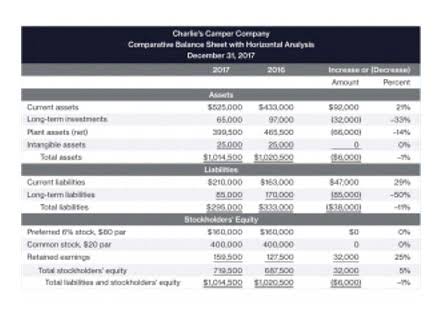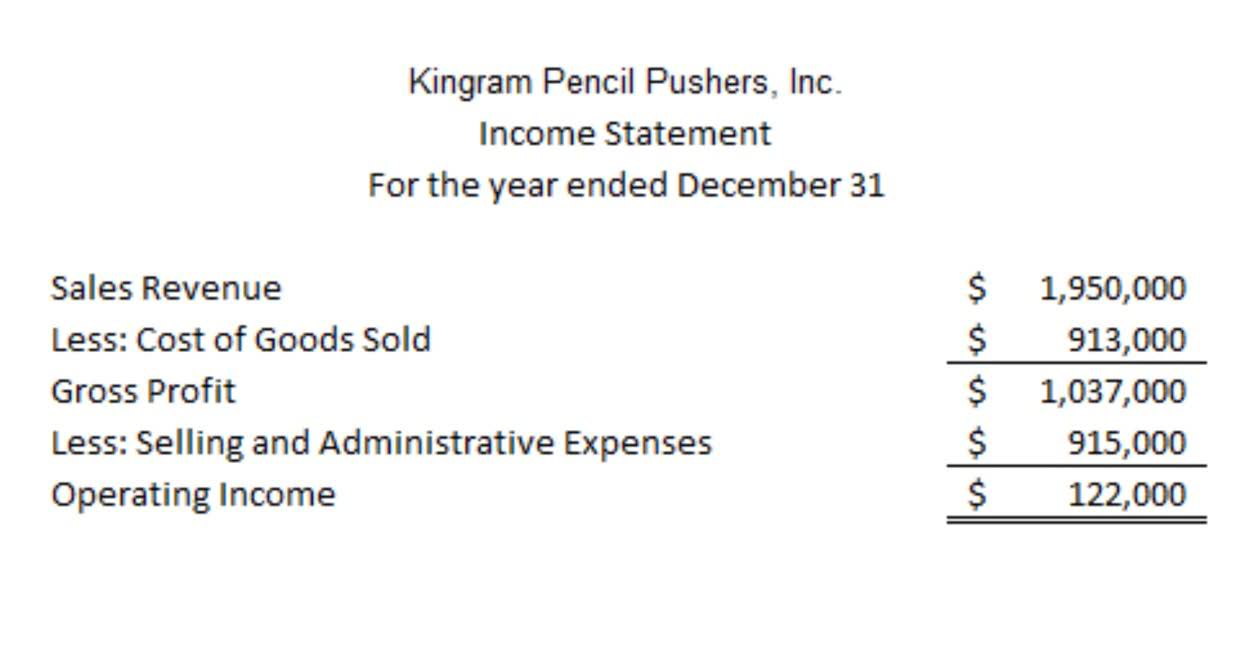
For example, if a product costs $100 to produce and the desired profit margin product cost consist of is 20%, the selling price would be set at $120. This approach provides clarity, ensuring all costs are covered while achieving financial goals. These materials are easily traceable to the finished goods and often comprise a significant portion of the total cost. Under accounting standards like GAAP and IFRS, direct materials are recorded as inventory until the product is sold, at which point they are expensed as cost of goods sold (COGS). Efficient management of these costs, such as employing inventory strategies like Just-In-Time (JIT), can reduce holding costs and minimize waste.

FAQs about Understanding Production Costs

Cost can increase when there is bad management or poor communication between departments in a company. Let’s assume the company needs $100 worth of raw materials to make one widget. As a result, you’ll make informed decisions about future bids to clients and your internal cost calculations.
Benefit #2: Helps make informed pricing strategies to stay competitive

The company has been able to do so by consistently working on improving the efficiency of production and lowering manufacturing costs. For that purpose, the company used sensors to collect and analyze the cost of materials in real time to see how to optimize the costs. Indirect manufacturing costs include all other expenses incurred in manufacturing a product except direct expenses. In this guide, we’ll show you how to calculate product cost and how doing so can help you make informed decisions about crowdfunding, refine your pricing strategy, and improve profitability. By understanding the cost of producing each product, businesses can make informed decisions about where to invest their resources to maximize profitability.
- This highlights the importance of adhering to accounting principles, such as the matching principle, ensuring expenses are recorded in the same period as revenues.
- To illustrate the concept of variable costs, let’s consider an example of a manufacturing company that produces bicycles.
- This ensures labor costs are recognized in the same period as the revenues they generate.
- Time is money in this scenario, so you’ll want to consider how long you expect the development process to take and keep track of the actual timeline of events.
- For example, if you were making a shirt, the direct materials would be fabric, thread, and buttons.
- Manufacturing cost calculation gives an accurate view of the costs allowing companies to eliminate irrelevant costs and optimize resource utilization to boost profitability.
Example #2: Direct labor
- Direct material costs are the costs of raw materials or parts that go directly into producing products.
- On the other hand, indirect costs are expenses that are not directly tied to a particular product or service but still contribute to the overall cost of production.
- For instance, if the standard electricity cost per unit is $5 but actual costs are $6, management can investigate and address the discrepancy.
- Another commonly used term for manufacturing costs is product costs, which also refer to the costs of manufacturing a product.
- This post will explain why manufacturing managers should worry about product overcosting or undercosting.
By considering all of these factors, you can get a reasonable estimate of the total cost of your product. With all this valuable information under your belt, you can better track manufacturing costs as they pertain to your workforce. In fact, you already know that labor costs can spiral out of control if you don’t meticulously monitor them. Here are some frequently asked questions (FAQs) and answers that address key concepts related https://elham.ly/2025/01/14/what-is-interest-in-suspense-in-a-balance-sheet/ to manufacturing costs.

© Accounting Professor 2023. All rights reserved

In operations management, product cost is used to evaluate the efficiency of the production process and make decisions about resource allocation. By comparing the actual product cost with the estimated cost, operations managers can identify areas where costs are higher than expected and take corrective action. Oil And Gas Accounting A direct Labor Budget is required to estimate the labor force requirements to produce the required units of goods per the production budget. Therefore, it calculates the cost based on labor hours and units produced per labor. However, it is always better to calculate this cost per unit as it can help decide the appropriate sales price of the finished product.
